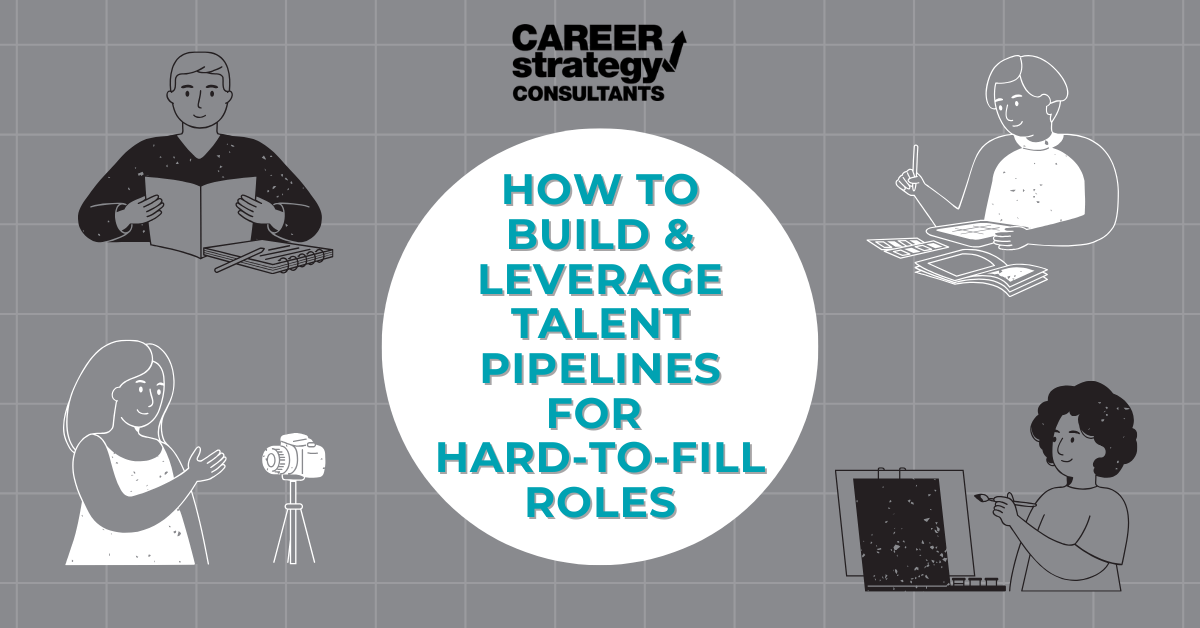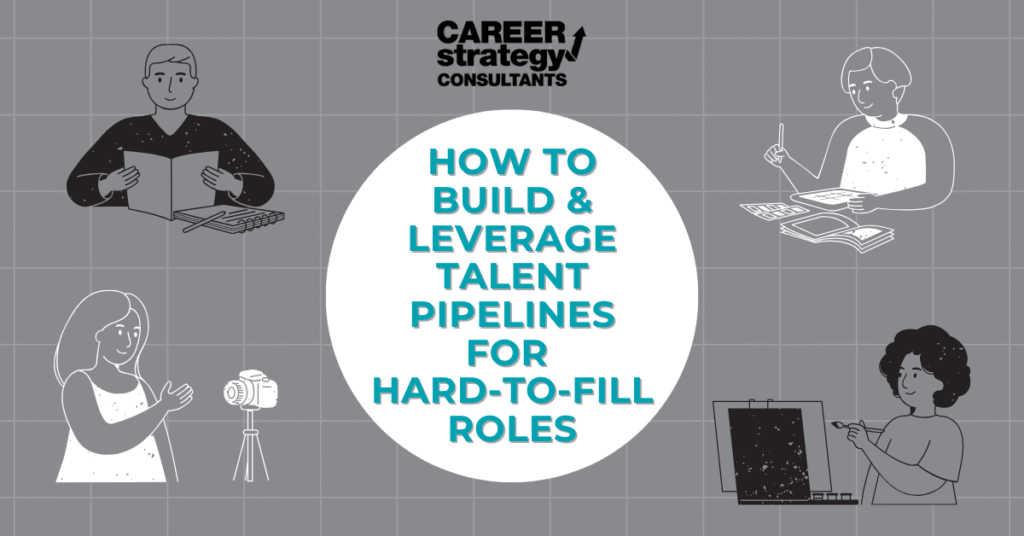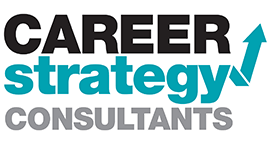How to Build & Leverage Talent Pipelines for Hard-to-Fill Roles


Hard-to-fill roles can slow down projects, delay growth, and frustrate leadership. Whether you’re hiring a niche engineer, a healthcare specialist, or a safety manager, the best way to avoid “panic hiring” is by building a talent pipeline. Companies that take a proactive approach, engaging candidates before roles even open, reduce time-to-fill, improve quality-of-hire, and stay competitive in tight labor markets.
This guide will break down actionable steps to build and leverage pipelines, complete with checklists and examples.
What is a Talent Pipeline?
A talent pipeline is a pool of pre-qualified, engaged candidates who may be a good fit for future roles. Instead of starting from scratch every time a role opens, recruiters tap into this pool to shorten hiring timelines and improve quality.
Benefits of Talent Pipelines
- Faster time-to-fill: Candidates are already sourced and screened.
- Reduced cost-per-hire: Less reliance on emergency ads or last-minute agency help.
- Higher quality hires: Pipelines give you time to evaluate cultural fit and skill match.
- Better candidate experience: Candidates feel valued when engaged before there’s a job opening.
How to Build a Talent Pipeline
- Identify Hard-to-Fill Roles
- Look at historical hiring data; where have you struggled before?
- Examples: Engineering directors, Controllers, skilled trades, senior HR leaders.
- Source Proactively
- Use LinkedIn, niche job boards, and industry associations.
- Attend conferences and networking events.
- Leverage employee referrals.
- Nurture Passive Candidates
- Send regular updates (company news, industry trends).
- Share thought leadership and blog content (e.g., your posts on ghosting and bad hires).
- Keep communication light but consistent.
- Segment Your Pipeline
- By role type (engineering, HR, finance).
- By seniority (entry-level, management, executive).
- By geography (regional pipelines for remote or on-site roles).
- Use Technology Wisely
- Applicant Tracking Systems (ATS) with tagging and search.
- CRM-style recruiting tools for candidate engagement.
- Automations for check-ins and reminders.
How to Leverage a Talent Pipeline
- Stay in Touch
- Schedule quarterly check-ins.
- Share relevant job opportunities as they open.
- Move Faster When Roles Open
- Pre-screened candidates reduce time-to-fill by 40–60%.
- Warm leads are more likely to accept offers.
- Reduce Candidate Ghosting
- Candidates in pipelines feel valued and engaged, making them less likely to disappear.
- Improve Employer Brand
- A structured pipeline shows candidates you’re serious about long-term relationships, not just transactional hiring.
Checklist: Building Your Pipeline
✅ Identify critical/hard-to-fill roles.
✅ Map sourcing channels.
✅ Develop and nurture content (blogs, newsletters, updates).
✅ Segment candidates by skill, location, and seniority.
✅ Implement ATS/CRM tracking.
✅ Schedule ongoing touchpoints.
Conclusion
Building a talent pipeline isn’t just a “nice-to-have”; it’s essential for companies facing competitive labor markets and specialized hiring needs. By sourcing proactively, nurturing relationships, and leveraging technology, businesses can turn hiring from a reactive scramble into a strategic advantage.
👉 Start today: Identify your top 3 hard-to-fill roles for 2026 and begin building your pipeline now. Career Strategy Consultants can help you get there faster.
Contact Us: Career Strategy Consultants | 740-325-1151 | info@careerstrategyinc.com

More Than Just Staffing
For Employers
For Individuals
